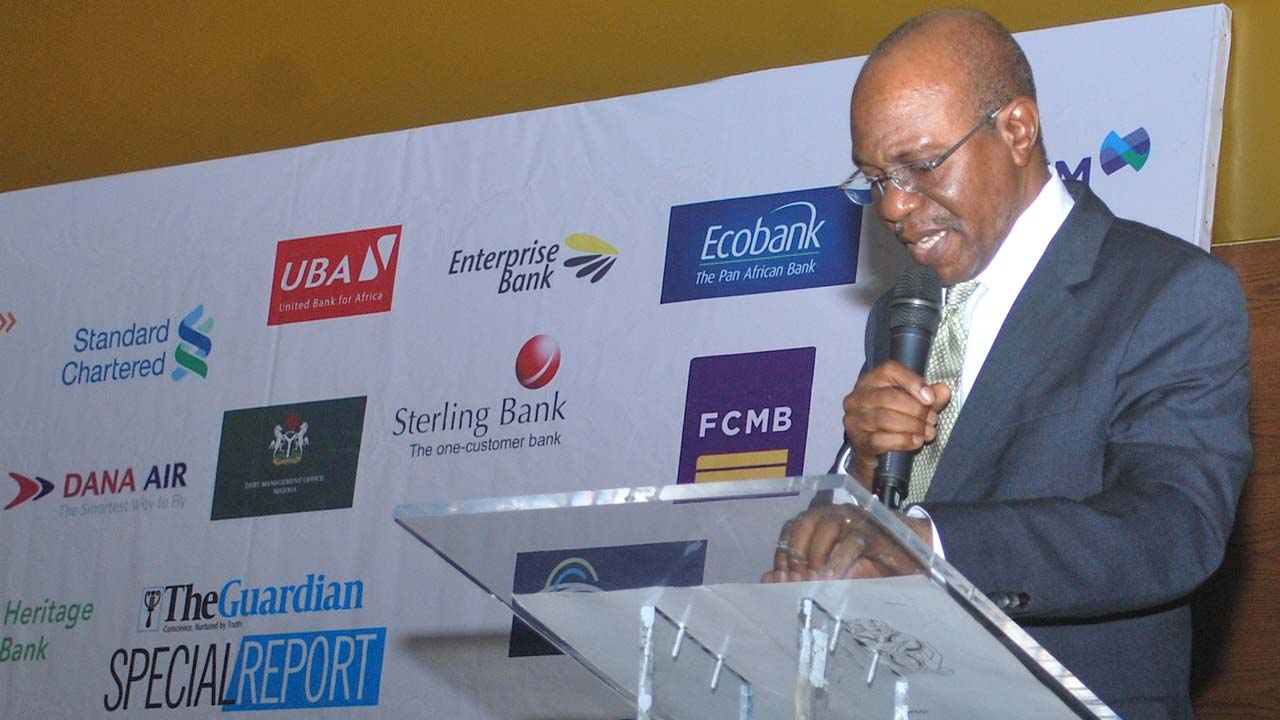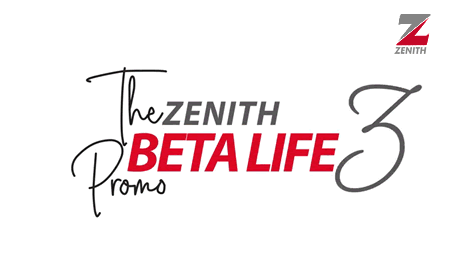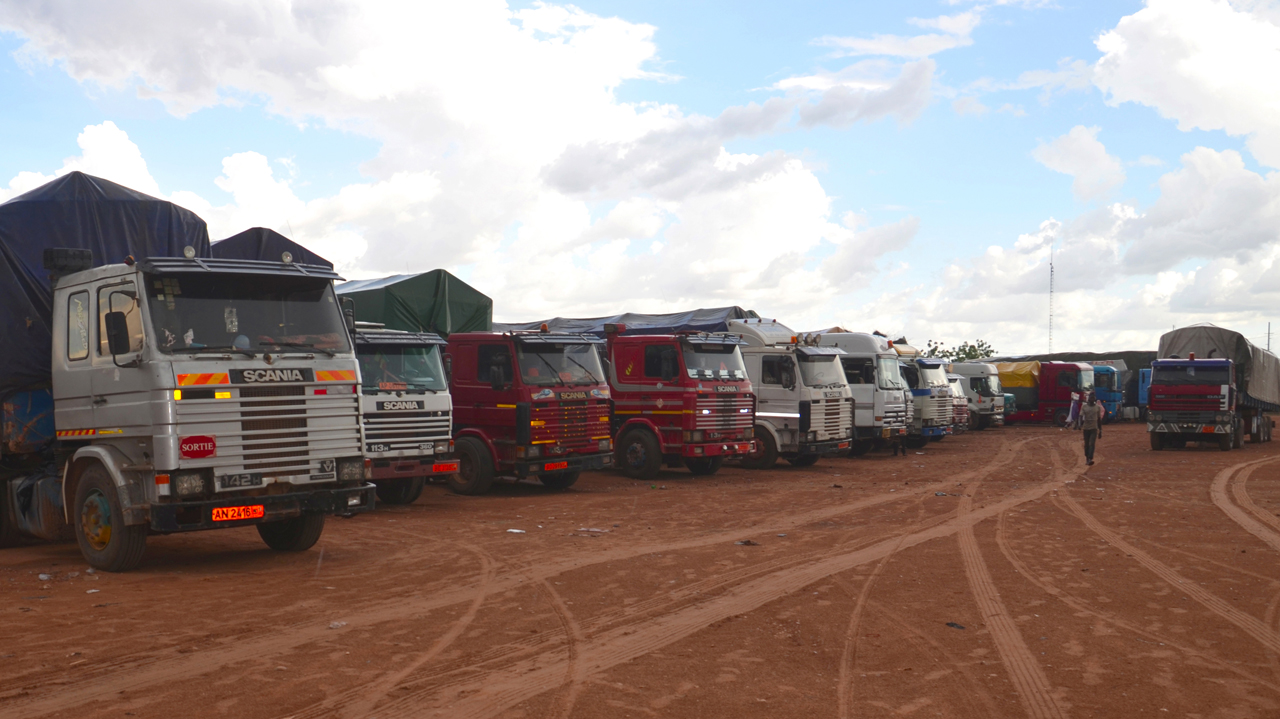Fresh details weekend, emerged on why the Central Bank of Nigeria (CBN) has set the maximum amount a bank customer can transfer via mobile phones using shortcodes at N100,000 in a day.
A terse statement signed by Director, Banking and Payment systems of CBN, Dipo Fatokun, revealed the decision was made because of the risks associated with mobile banking which include loss of phones and illegal access to transferring details by criminals.
CBN gave the regulatory directive via a tweet on the apex bank’s Twitter handle.
Business Hilights recalls that earlier last year, the apex bank issued similar directive limiting the amount that can be withdrawn on a daily basis via the Automated Teller Machines (ATM), also as a way of saving account holders from the hands of criminals who unfortunately had illegal access to people’s ATM cards.
Fatokun observed that “Concerns have been expressed on the likely exposure of CBN-approved entities to the possible breaching of the Unstructured Supplementary Service Data (USSD) accessed by financial services in view of likely vulnerabilities in the technology and the ever-growing threats”.
“Put a limit of N100,000.00 per customer, per day for transactions as may be required. However, customers desirous of higher limits shall execute documented indemnities with their banks or MMOs.
“Mandate the use of an effective 2nd-factor authentication (2FA) by customers for all transactions above N20,000. This shall be in addition to the PIN being used as 1st level authenticator, which applies to all transaction amounts.”
The new directive is expected to take effect from June 2018.
According to the apex bank, “any customer that would like to do transactions over N20,000 will require a pin and soft token which they would get from their banks.
With the new rule, Business Hilights gathered that banks are also expected to “install behaviour monitoring system with capacity to detect sim swap/ churn status, user location, unusual transactions at weekends, etc.”
Experts who spoke to our correspondent welcomed the new directive, but queried why it could not start immediately as the enabling system is expected to be put in place by October 31st, 2018.









